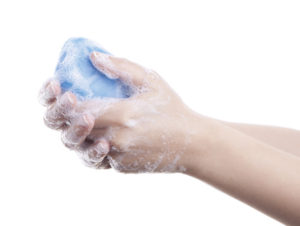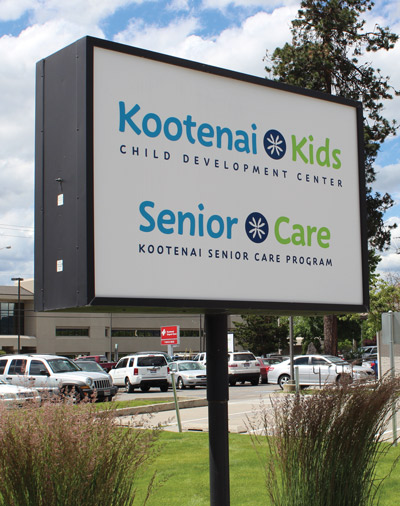 Know when it’s best not to use antibiotics
Know when it’s best not to use antibiotics
It never fails; when the kids go back to school, they are bound to come home with runny noses, coughs and sore throats at some point. As a parent, you want to keep your kids healthy and make them feel better, but there are times when treating ailments with antibiotics can hurt more than help.
According to the Centers for Disease Control (CDC), “When germs that cause colds first infect the nose and sinuses (air-filled pockets in the face), the nose makes clear mucus. This helps wash the germs from the nose and sinuses. After two or three days, mucus may change to a white, yellow, or green color. This is normal and does not mean you or your child needs antibiotics.”
Other signs and symptoms of the common cold can include:
• Sneezing
• Stuffy nose
• Sore throat
• Coughing
• Post-nasal drip
• Watery eyes
• Mild headache
• Mild body aches
These symptoms usually peak within 2-3 days but can last for up to 10-14 days. See a health care professional if you or your child has symptoms that last more than 10 days without improvement, or the symptoms are severe or unusual. If you child is younger than 3 months and has a fever, it is important to call your health care professional right away.
When antibiotics hurt
Antibiotics can only treat illnesses caused by bacteria. Colds, the flu, most sore throats, bronchitis, and many sinus and ear infections are caused by viruses, not bacteria. If your child has a viral infection, antibiotics won’t help them feel better or get well sooner.
Taking antibiotics when they are not needed is fueling an increase in drug-resistant bacteria, which cause infections that are more difficult, and sometimes even impossible, to cure. Almost all types of bacteria have become less responsive to antibiotic treatment. These “superbugs” can quickly spread to family members, schoolmates and coworkers, and threaten our communities with illnesses that were once easily treatable. Combatting antibiotic resistance is a priority for CDC with estimates of more than 2 million resistant infections occurring annually in the United States alone.
Prevention is key
The best way to stop these “superbugs” is to prevent germs from spreading in the first place. Hand washing is like a “do-it-yourself” vaccine—it involves five simple and effective steps (wet, lather, scrub, rinse, dry) you can take to reduce the spread of diarrheal and respiratory illness so you can stay healthy. Regular hand washing, particularly before and after certain activities, is one of the best ways to remove germs, avoid getting sick, and prevent the spread of germs to others. It’s quick, it’s simple, and it can keep us all from getting sick.
INFO: cdc.gov/getsmart.

